Lacecap Hydrangeas - your own little Fireworks display.
First of all, i would like to thank all of you Steemians who contributed absolutely top notch comments and pics to this blog. You have made it a truly great blog for a plant enthusiast to come and see great information and awesome pictures of flora and it's wonders. I really enjoy reading your comments and i try to take some time to find out which Country you are from. Australia really does benefit from Multiculturalism as do many other Countries. Thanks, to all my MATES !!!
Lacecap Hydrangeas are one of my favourite plants. The flowers are very different to normal Hydrangeas, with a group of fertile flowers in the centre, and a ring of infertile flowers around the outer edge. These Lacecaps require the same conditions as normal Hydrangeas... they will grow in most places except the tropics, and they need a semi-shaded position, away from hot sun in summer, and plenty of moisture around the roots. They are easily grown from Hardwood cuttings taken in Winter when the plants are dormant. Lacecap Hydrangeas come in several different colours, including reds, white, pink and blues. I took the photos in my local area in Sydney, and in the last photo, i have shown you a plain vanilla "Mophead" or "normal" Hydrangea , just to show you the difference between the two varieties of the plant.
First of all thank you very much for reading all of the comments and giving us the values we deserve. I have heard the cultural diversity of Australia. I hope one day I will see with my own eyes. @ctrl-alt-nwo
The big flower is tiny pink after a year; purple you get; blue, pink or white. "But how is it that I bought it, I planted it. Do not enter into the crisis, "How does the color change?" It is subsequently colored according to the "pH" value of the median soil, ie the acid ratio. How lime the soil is pink white; The exact opposite is, how acidic it is, if it is rich in nutrients, so blue becomes purple. In fact, you can do it with blue ferric sulphate, rusty iron waters or coloring indigo additives.
Everybody in Turkey had been master of hydrangea pruning. With the excitement of cheering in the game of passing the scissors, my dear midges are banging. Primarily in the middle of the spring, new exiles are pruned when they appear. Pruning in the autumn may cause the plant to freeze in winter. And what is the prospect of having both past romantic blossoms stuck in leafy work? A consistency like roses
oblantısı ... Leave it scattered, do not touch ... Summer flowers opened, you are very like; cut and store 40-50 cm branches if you want to cut, tied up and left to dry upside down. They can stand for two years without deterioration. Even a single color can survive.
I used to say that he likes acid in the soil. You will prepare in the planting private blend will be fascinated. Blend crushed soil, sand, leaf decay, crushed crust and newspaper paper fragments, burnt bovine (horse, cow, if camel! You are purple-blue. If your soil is acid, sprinkle with lime or pigeon or poultry paste. Put a little vinegar in a bucket of water for very dark pink-red tones. Let's see what the result looks like. An issue as important as the shadow is that the ortans love humidity; they can not stay thirsty. If they are left anyway, they will immediately bloom, bloom and bloom. Water it right away. Production is very simple with steelwork at the end of the summer. Remove the dali that you have received, clean the leaves and stick it to the soil, it will develop. But try rooting the dough for a more guaranteed result.
SILLY SAUSAGE award. Well done, no pics, but you make me LOL. You have a way with words, even though you probably don't realise it. Thankyou for your contribution with this comment, mate .
Thank you. I love the SILLY SAUSAGE prize. I enjoy watching you.
The relationship with words is good. But I'm not good at English. I'm dealing with Translate. Sometimes he really is leveling about bullshit.
I'm trying hard to reflect the writing in my mind. Of course, sometimes it gives me the SILLY SAUSAGE prize. Sometimes misunderstanding is returning as a flag.
I did not need to put a photo this time. Because other steemens are sending plenty of your instead. to comment
Thank you very much for your interest in the comments. @ctrl-alt-nwo
Very nice and pretty Hydrangea flower post. I am very happy to see your blog. Hydrangea macrophylla is a species of flowering plant in the family Hydrangeaceae. It is a deciduous shrub growing to 2 m tall by 2.5 m with large heads of pink or blue flowers in summer and autumn. They need a semi-shaded position, away from hot sun in summer, and plenty of moisture around the roots.
A mounding shrub that grows 3-5′ high with a wider spread.
Mountain hydrangeas are the common type of big leaf hydrangea. Scientifically it is known as Hydrangea serrata. it have resemblance to lacecap hydrangeas with its flattened heads.
I am very thankful to my respectable and kind mentor, @ctrl-alt-nwo . You are very kind and generous personality for untelanted steamians. Your posts are always informative and admirable. It is your greatness that you give your precious time to every comments on your post and this thing gives me inspiration and strength.
Stay blessed
@imran498
Very good comment with nice pics.
Thanks a lot for kind support and appreciation.
Every plant you share is beautiful, your shares are very valuable to me because I love flowers, gardening. Thanks for each post :)
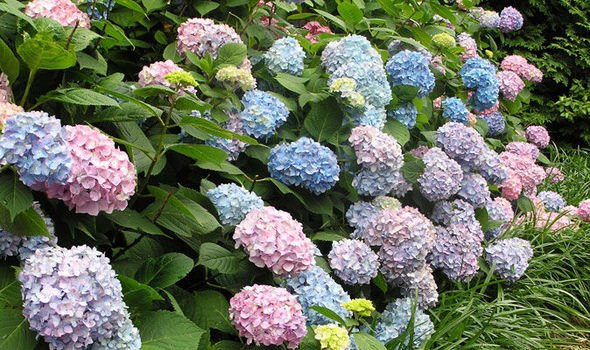
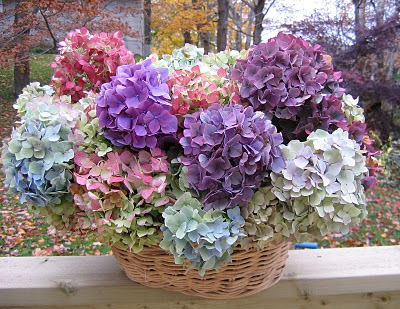
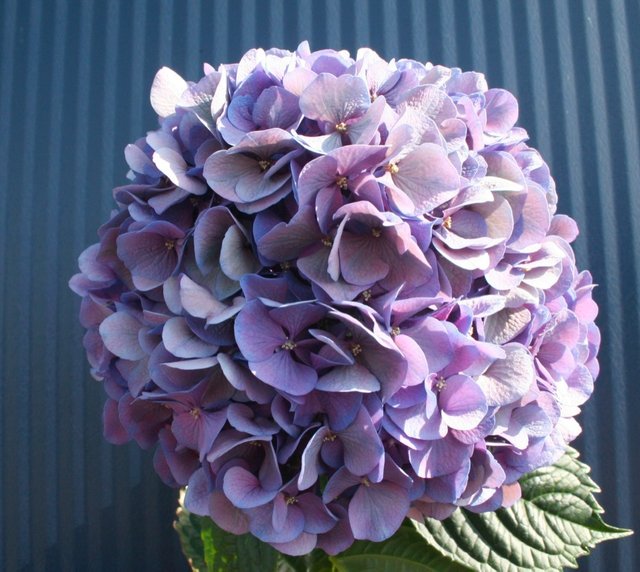
Now I will share my knowledge about the care of the medicinal plant.
How to Grow Lacecap Hydrangeas
The medium potted flower is potted plants found in pink, purple, and white colors that color our living spaces such as home, office, workplace. The medial potted flower chambers add a pleasant atmosphere to the fields, such as the wall corners, with their flowers. The length of the tongue varies from 40 cm to 80 cm. The glass should not be placed in front of the door or exposed to the wind current, otherwise it will fade. The part in the dark must be turned into a light field once a week. This can prevent the decay and sagging of the leaves. Before we do irrigation, we can control it by dipping our fingers in the soil to see if the plant's soil needs water. If it is still moist, we can leave the irrigation process for a few days. Another important factor to be aware of when watering is water should be at room temperature. It should be irrigated twice a week on a regular basis once a week in winter and on a regular basis in summer due to the increase of air temperatures. Water container and scale used in the irrigation should not be changed. The water that accumulates at the bottom of the pot after the watering should be poured to avoid pests and odors.
Lacecap Hydrangeas should not be exposed to direct sunlight. It should benefit from indirect daylight. likes shady places. It may tend toward the direction of daylight. The direction that does not receive daylight should be turned to daylight at certain intervals. Thus the tendency of the flower to one direction may be prevented.
When the Lacecap Hydrangeas receives less light, it can not be fed as much as it can, and for this it comes to fading and darkening in its flowers.
How should the Lacecap Hydrangeas be watered
Lacecap Hydrangeas should be sprayed from the top at least twice a week in summer and once a week in winter. The water needs to reach all the soil. Mondays and Thursdays may be preferred in summer irrigation techniques. In winter, Monday days may be preferred for irrigation techniques. The water scale used during irrigation must be the same and water should be poured out in the morning in the morning if the water is poured in the water most of the time in the pot. This will prevent the formation of odors and pests in the soil of the plant. The basic rule in the irrigation is that we must understand that the soil of the plant is dry and watery, and that the soil is dry and watery, so we can understand that the soil is dry or wet by sinking our fingers. If it is wet, we have to leave the irrigation water on the next watering day because the plant has not finished the water in the ground yet.
How to plant Lacecap Hydrangeas
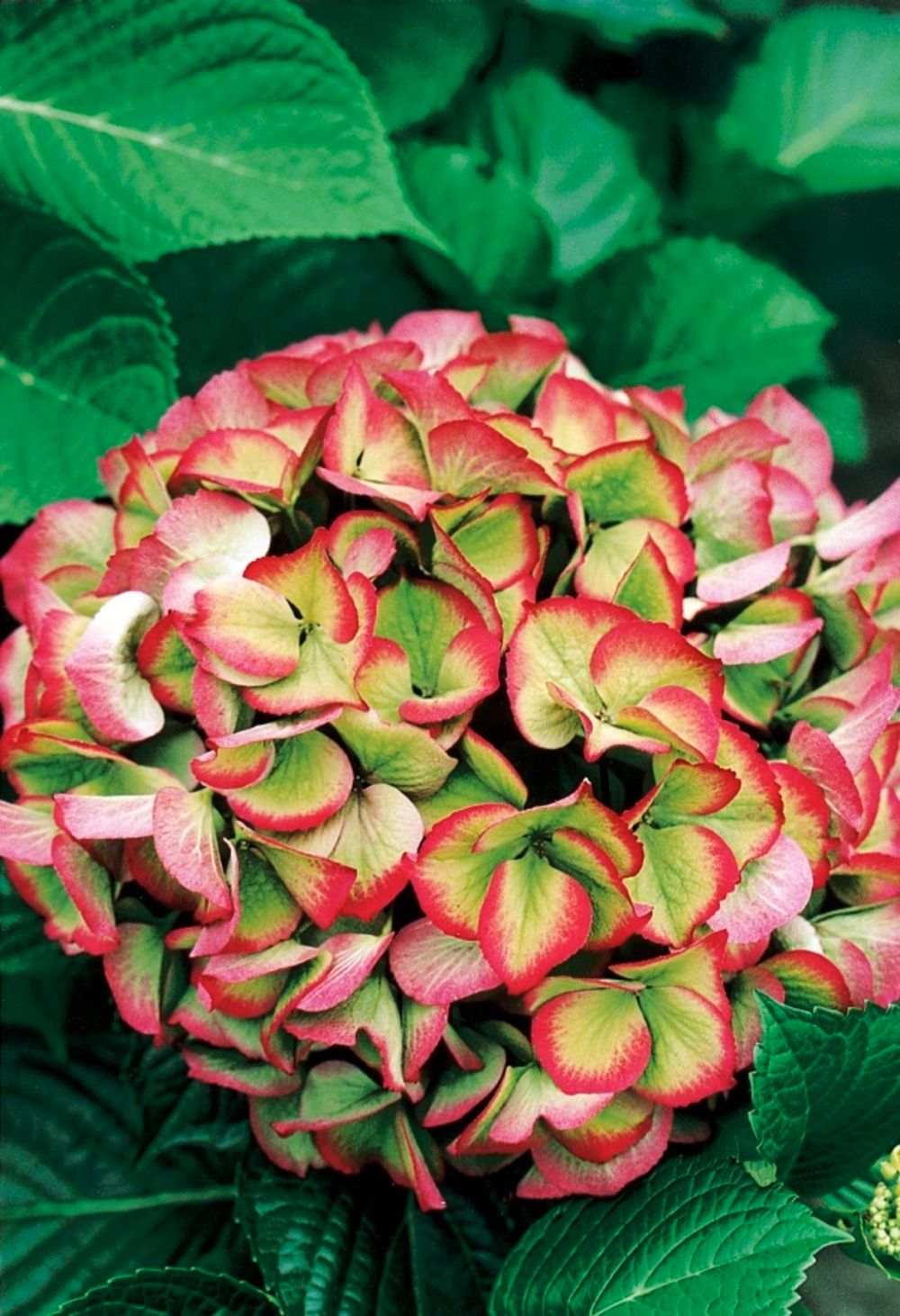

After the flowers on the middle potted flower branches have faded away, the foliage should be cut off to prevent the flow of air into the pruned and interrupted region to allow the plant to bloom again. Example: cold silicone can be sealed with non-caustic adhesives on wax.
What damages the plant
1 - Extreme watering of the plant
2 - Our plant's pot holes are closed and water does not come out of the hole through the hole
3 - The diseased plant is close to other plants
4 - poor quality of soil or insufficient vitamin
5 - Diseases and fungi in the leaves of our plants Cotton diseases such as fly, worm or sticky are harmful to our plants.
When we see such diseases and pests in our plants, we use them in accordance with the guidelines for buying and using appropriate medicines according to the diseases caused by the transfer of a leaf or soil from our plant to the farmers selling agrochemicals.
Great comment, nice different pics too!
Facts About Hydrangea
Hydrangeas are one of very few plants that accumulate aluminium. Aluminium is released from acidic soils, and forms complexes in the hydrangea flower giving them their blue color.
Hydrangeas produce their main flower clusters from the tips of shoots formed from the previous season.
If the terminal buds of these shoots are destroyed, the plant usually fails to bloom. The chief causes of destruction of the terminal buds are excessive winter cold and uninformed pruning.
Hydrangeas are also widely used as dried flowers, especially the blue Hydrangeas.
The Japanese refer to these Hydrangea plants as Mountain Hydrangeas because they originate in the mountainous areas on the islands of Japan. These hydrangeas are smaller in stature and have smaller leaves and delicate lacecap flowers.
Although most Hydrangeas bloom in summer and fall, a few Hydrangeas have developed the ability to set new bloom buds in the spring after the old ones have been pruned off or damaged.
Endless Summer is just such a hydrangea. This trait is referred to as being "remontant".
Source
Wonderful pics , old son ! And good comment.
Lacecap Hydrangeas are a lesser well known cousin of the common "mophead" Big Leaf Hydrangea (Hydrangea Macrophylla). Mopheads and Lacecaps are both Big Leaf Hydrangea, sharing the same basic form, foliage, and care requirements, but differ in the style of their flower heads.
Mopheads are hydrangea with the typical large and showy flower heads for which the shrubs are beloved. Lacecaps have less showy flower heads, with delicate unopened fertile florets, surrounded by larger sterile florets, which gives the flower head that 'lace-like' appearance.
Lacecaps are prized for their delicate flower heads, which are considered slightly more refined than their mophead cousins. In years past, Laceheads have been a little more difficult to find in garden centers, but as their popularity has increased in the last few years, Lacecaps are now available in multiple sizes and colors, and varieties are available in both the Endless Summer collection and City Line Series of Hydrangea.
Blue Wave Lacecap Hydrangea
Lady in Red Hydrangea
Twist-n-Shout Hydrangea
Light O’ Day Hydrangea
Bits Of Lace Hydrangea
src
Marvellous , thanks Mark.
Nice intrdoducing of beautiful plants and flowers. Hydrangeas (Hydrangea spp.), shrubby plants with rounded flower clusters, are a time-honored favorite for many. Planted at the right time, in the right conditions and with proper care, hydrangeas will provide years of beauty and grace in a landscape. Hydrangeas are not terribly particular about the time of year when they're planted, but summer planting can be problematic in inland areas where the summers are bright and hot. When you plant your hydrangea, dig a hole that is twice the width of the container. Add 1 inch of organic material, like compost or peat moss, to the soil to improve drainage and moisture retention. This is especially important for clayey soils that may not drain well. Break up the soil with a shovel or hand rake. When placing the hydrangea into the hole, spread the roots wide, then fill back in the hole with the amended soil.
Commenting on your blog is an interesting and memorable experience. I am grateful to you for your time, support and kindness to everyone visiting your blog. Thanks for being a good mentor @ctrl-alt-nwo.
Hydrangea macrophylla normalis stand out because of the look of the flower. The flower clusters of small fertile florets with scattered showy sterile florets to form a ring.
These shrubs should be much more widely grown. They are treated exactly the same as mophead. In some ways the lacecap is easier than the mophead to place in the landscap because it is looser, more graceful and more subtle in its effect.
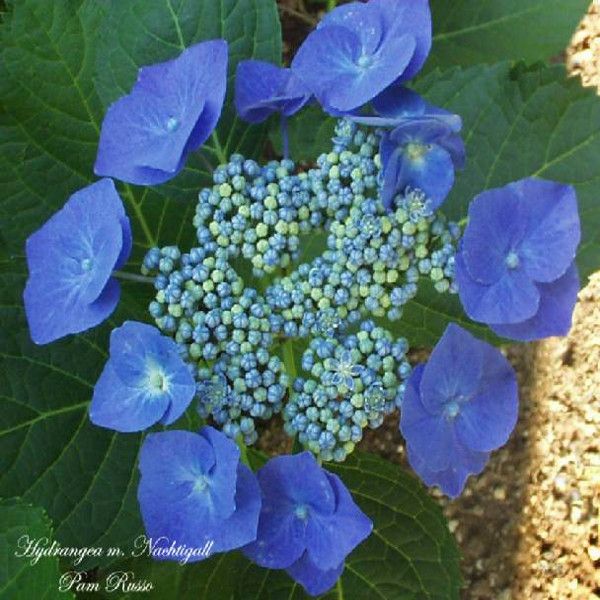
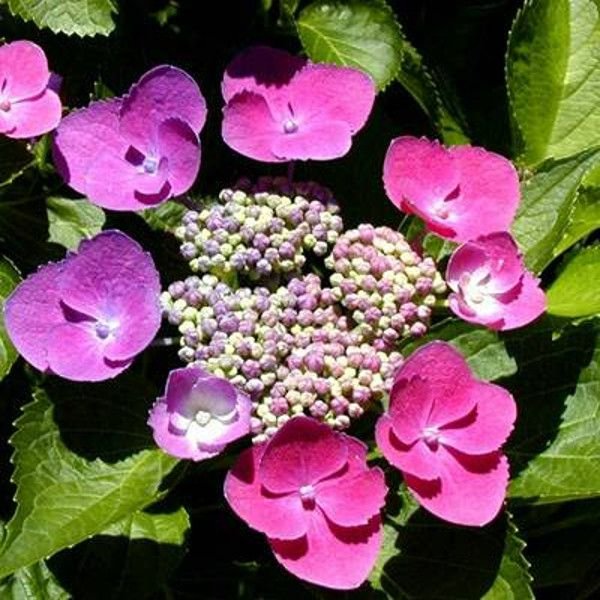
There is no doubt that mature lacecaps can be magnificent. They fit quite naturally into woodland locations, snuggling under and around trees such as other shrubs.
There are many different types of HYDRANGEAS.
Mophead Hydrangeas, Mountain Hydrangeas, Oakleaf Hydrangeas, Smooth Hydrangeas, Paniculata Hydrangeas and climbing Hydrangeas.
Top pics !